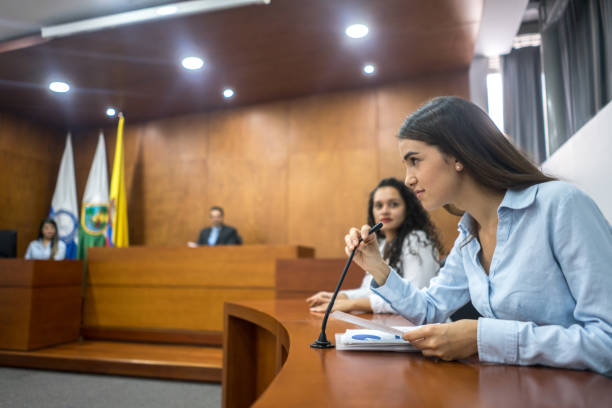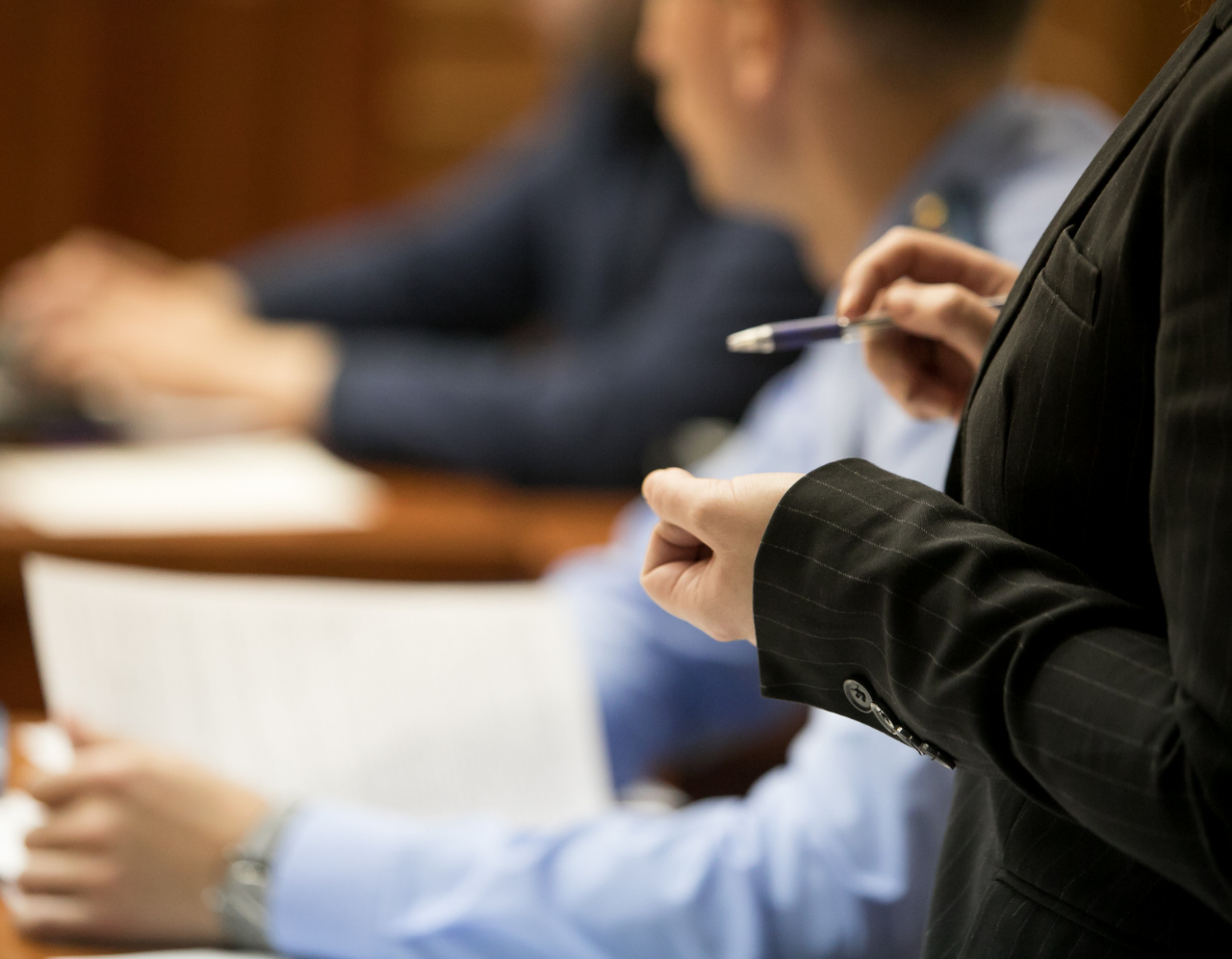Navigating Complicated Cases: Just How to Develop Reliable Trial Presentations for Ideal Results
Navigating Complicated Cases: Just How to Develop Reliable Trial Presentations for Ideal Results
Blog Article
Navigating the Intricacies of Test Presentations: Tips for Seamless Distribution and Compelling Disagreements
In the realm of legal process, the art of trial presentation stands as a critical factor of success. The complexities inherent in test discussions call for a fragile balance of ability, finesse, and approach.

Understanding Test Purposes
To effectively browse a test, it is crucial to have a clear understanding of the objectives that require to be accomplished. Before entering the court, legal teams should define their goals and desired results. These purposes serve as directing principles throughout the trial, forming techniques and affecting decision-making processes.
Comprehending trial objectives involves an extensive analysis of the instance, lawful criteria, and the customer's benefits. Trial Presentations. It needs a precise evaluation of the realities, determining crucial problems, and expecting possible obstacles. By setting measurable and details goals, lawyers can tailor their arguments and presentations to line up with the desired outcomes
Furthermore, a clear grip of test purposes allows legal groups to focus on evidence, witnesses, and legal disagreements effectively. It enables the growth of a systematic narrative that reverberates with the discretionary, enhancing the general case presentation.

Organizing Proof Efficiently
Having a clear understanding of test objectives lays the structure for organizing proof properly in legal proceedings - Trial Presentations. By lining up the presentation of evidence with the preferred results of the test, legal groups can reinforce their arguments and enhance their persuasiveness. One vital facet of arranging proof is classification. Grouping proof based on themes or relevance to specific legal elements can help streamline the presentation and make intricate info more digestible for the court or court.
An additional crucial element in arranging evidence properly is developing a logical circulation. Presenting proof in a consecutive and meaningful fashion can help develop an engaging narrative that sustains the lawful disagreements being made. In addition, using aesthetic help such as timelines, charts, or charts can further improve the company of proof and assist in clearing up intricate partnerships or sequences of events.
In addition, making sure that all proof presented is acceptable and relevant to the instance is important. Unnecessary or inadmissible evidence can detract from the stamina of the disagreement and possibly damage the reliability of the providing celebration. A precise review and selection process ought to be carried out to include only the most legally audio and impactful proof in the test discussion.
Crafting Influential Stories
Crafting engaging narratives plays an essential role in providing click for info persuasive disagreements during lawful procedures. When creating a narrative for a test presentation, it is crucial to establish a clear storyline that highlights key factors and connects them in a meaningful way. By weaving with each other evidence, testament, and legal debates into a influential and cohesive story, legal experts can effectively promote for their customers and enhance the chance of a beneficial end result in the court room.
Grasping Aesthetic Aids
Efficient usage of visual aids is crucial to enhancing the effect and clearness of test presentations. Visual help, when made use of strategically, have the power to simplify intricate information, strengthen vital points, and leave a long lasting perception on the court and court. To master visual aids in test discussions, it is crucial to guarantee that they are clear, concise, and pertinent to the debates being made.
When incorporating visual aids, such as charts, pictures, charts, or timelines, into a test presentation, it is important to maintain them aesthetically appealing yet specialist. The visuals should complement the spoken arguments, providing a visual representation of the information being discussed without overwhelming the audience with unnecessary details.
Furthermore, exercising with the visual aids beforehand is vital to guarantee a seamless delivery great site during the test. Acquainting oneself with the material, shifts, and timings of each visual help can aid preserve the flow of the presentation and prevent technological problems that may develop.
Providing Impactful Closing Arguments
A compelling closing debate serves as the conclusion of a test presentation, enveloping the core narrative and convincing the judge and jury in the direction of a positive choice. Begin by describing the major arguments that sustain your client's setting, stressing why the evidence provided throughout the test supports your story.
Moreover, integrating sob story can further reinforce your closing argument. By humanizing the case and connecting on an individual degree with the decision-makers, you can evoke empathy and understanding, affecting their assumption of the facts provided. Additionally, stating the lawful standards that need to be fulfilled for a beneficial judgment can enhance the legitimacy of your position. Eventually, a well-crafted closing disagreement must leave a long-term impression, compelling the judge and jury to regulation in your client's favor.
Verdict
To conclude, understanding test discussions entails recognizing purposes, arranging proof, crafting stories, using aesthetic aids, and providing impactful closing arguments. By executing these techniques efficiently, legal representatives can offer their case flawlessly and make compelling disagreements in the court room. It is critical to browse the intricacies of trial discussions with accuracy and skill to attain success in lawful proceedings.
By lining up the presentation of evidence with the desired outcomes of the test, lawful teams can strengthen their arguments and boost their persuasiveness (Trial Presentations). To grasp visual help in test discussions, it is critical to make certain that they are clear, succinct, and relevant to find this the debates being made
An engaging closing argument offers as the conclusion of a trial discussion, encapsulating the core narrative and encouraging the judge and court in the direction of a beneficial choice. Begin by describing the main debates that sustain your client's setting, emphasizing why the evidence provided throughout the trial sustains your narrative.In verdict, mastering test presentations entails comprehending purposes, organizing evidence, crafting stories, utilizing aesthetic aids, and delivering impactful closing arguments.
Report this page